The realm of track and field has long been fascinated by the intricate relationship between an athlete's approach run and their ultimate jumping performance. Among the many factors that contribute to a successful long jump, the conversion efficiency of sprinting speed into takeoff power stands as one of the most critical yet least understood elements. Coaches and sports scientists alike have grappled with the question of how to maximize this conversion, ensuring that the energy built during the sprint translates seamlessly into explosive upward and forward motion.
The Physics Behind Speed Conversion
At its core, the long jump is a test of an athlete's ability to transform horizontal velocity into vertical lift without sacrificing momentum. The final few strides of the approach are particularly crucial, as they determine the angle and force with which the jumper launches into the air. Too much focus on maintaining speed can result in a shallow takeoff, while excessive emphasis on upward propulsion may bleed valuable forward momentum. The most skilled jumpers find the delicate balance between these competing demands, achieving what experts refer to as optimal speed conversion efficiency.
Research has shown that elite long jumpers typically convert approximately 20-30% of their horizontal velocity into vertical lift during takeoff. This percentage varies depending on factors such as the athlete's technique, strength, and even the specific conditions of the competition. The conversion process involves complex biomechanical interactions, including the planting of the takeoff foot, the rotation of the hips, and the coordinated swing of the arms and free leg. Each of these movements must be precisely timed to harness the full potential of the approach speed.
The Role of Muscle Elasticity
Recent studies have highlighted the importance of muscle-tendon elasticity in the speed conversion process. The stretch-shortening cycle of the takeoff leg's muscles acts like a spring, storing energy during the penultimate step and releasing it explosively during takeoff. This physiological mechanism allows athletes to generate greater vertical force than would be possible through muscular contraction alone. Training regimens that enhance this elastic capacity—through plyometrics and specific strength exercises—have been shown to improve conversion efficiency significantly.
Interestingly, the most successful jumpers don't necessarily possess the fastest approach speeds. Instead, they demonstrate superior ability to utilize whatever speed they can generate. This explains why some athletes with relatively modest sprint times can outperform faster runners in the long jump pit. Their technical mastery enables them to convert a higher percentage of their horizontal velocity into effective takeoff power, proving that quality of movement often trumps raw speed alone.
Technical Refinements for Better Conversion
The penultimate step has emerged as perhaps the most critical technical element in optimizing speed conversion. This second-to-last stride serves to lower the athlete's center of gravity slightly while maintaining forward velocity, creating ideal conditions for an explosive takeoff. Many coaching breakthroughs in recent years have focused on perfecting this phase of the approach, with particular attention to foot placement and knee drive.
Arm action during the takeoff phase also plays an underappreciated role in conversion efficiency. The coordinated swing of both arms—not just the one opposite the takeoff leg—contributes substantially to vertical lift. When properly executed, this movement helps to counterbalance the rotation of the lower body while adding valuable upward momentum. Video analysis of top jumpers reveals remarkably consistent arm mechanics, suggesting that this aspect of technique may be more standardized than previously thought.
Wind and weather conditions present another layer of complexity to the speed conversion equation. While a legal tailwind can boost approach speed, it doesn't necessarily improve conversion efficiency. In fact, some jumpers struggle to maintain proper technique when running with excessive wind assistance, resulting in poorer conversion rates despite faster approach times. This paradox highlights the nuanced nature of long jump performance, where more speed doesn't always equate to better jumps.
Training Methodologies for Improved Efficiency
Modern training programs for long jumpers increasingly emphasize quality over quantity when it comes to approach runs. Rather than performing endless full-length approaches, athletes now focus on targeted drills that enhance specific aspects of the speed conversion process. Short approach jumps with heightened attention to takeoff mechanics, for instance, allow for more concentrated practice of the critical transition from sprinting to jumping.
Strength training has evolved to support better conversion efficiency as well. While traditional weightlifting remains important, contemporary programs incorporate more explosive, jump-specific movements that mimic the demands of actual takeoff. Exercises that combine horizontal and vertical propulsion—such as bounding with a strong knee drive—have proven particularly effective at bridging the gap between gym strength and jumping performance.
Perhaps most importantly, the best coaches now recognize that conversion efficiency training must be highly individualized. An athlete's unique biomechanics, muscle composition, and even psychological tendencies all influence how they convert speed into lift. Cookie-cutter training programs often fail to address these personal factors, which explains why some jumpers thrive under certain coaching methods while others stagnate.
The Future of Speed Conversion Research
Emerging technologies promise to deepen our understanding of speed conversion in the long jump. High-speed motion capture systems can now analyze an athlete's movement in three dimensions with unprecedented precision, revealing subtle technical flaws that might compromise efficiency. Meanwhile, wearable sensors provide real-time feedback on force production and body positioning during practice jumps.
Some researchers are exploring the potential of machine learning algorithms to identify optimal conversion patterns for individual jumpers. By analyzing vast datasets of elite performances, these systems may eventually be able to recommend personalized technical adjustments that could improve an athlete's efficiency. Such advancements could revolutionize how coaches train long jumpers, moving beyond generic advice to truly customized instruction.
As our comprehension of speed conversion grows more sophisticated, so too does our appreciation for the long jump's unique demands. No longer viewed as simply a sprint followed by a leap, the event is increasingly recognized as a complex integration of multiple physical systems. The athletes who master this integration—who can most effectively transform horizontal speed into airborne distance—will continue to push the boundaries of human performance in this timeless test of speed, power, and grace.

By Elizabeth Taylor/May 9, 2025

By David Anderson/May 9, 2025

By Amanda Phillips/May 9, 2025

By Victoria Gonzalez/May 9, 2025
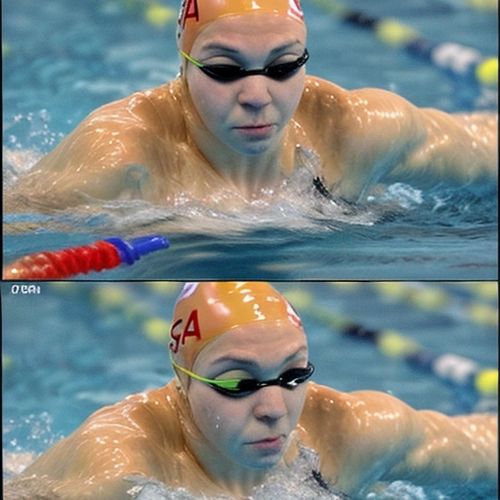
By Rebecca Stewart/May 9, 2025

By Michael Brown/May 9, 2025

By William Miller/May 9, 2025
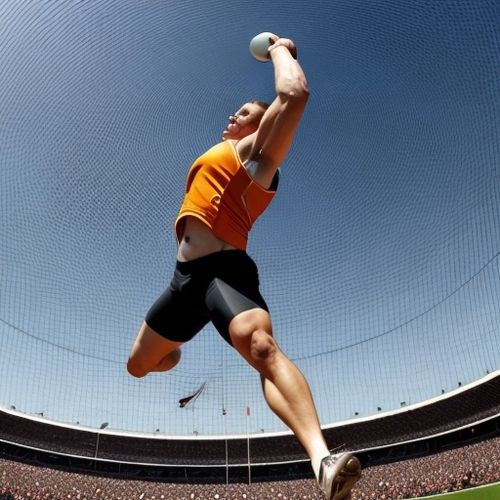
By James Moore/May 9, 2025

By Christopher Harris/May 9, 2025

By George Bailey/May 9, 2025

By John Smith/May 9, 2025

By John Smith/May 9, 2025
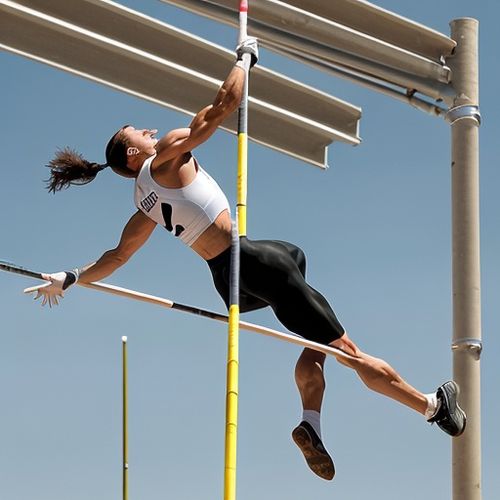
By Samuel Cooper/May 9, 2025
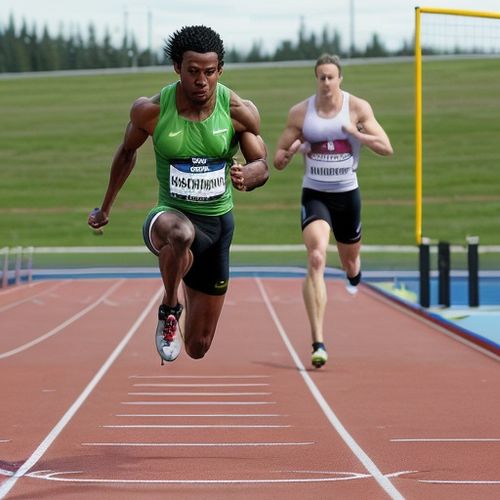
By Christopher Harris/May 9, 2025
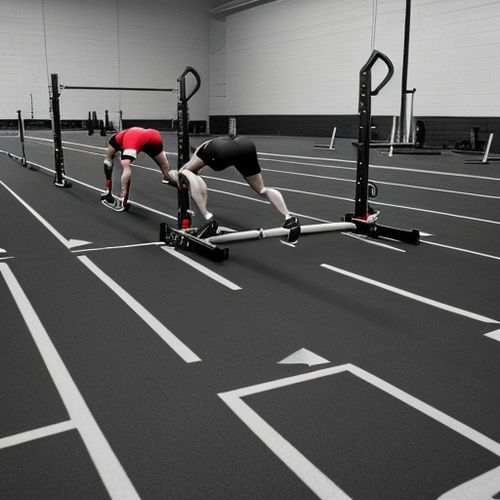
By Megan Clark/May 9, 2025
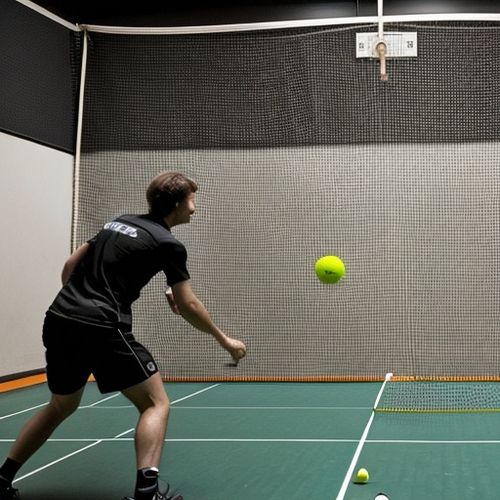
By Victoria Gonzalez/May 9, 2025
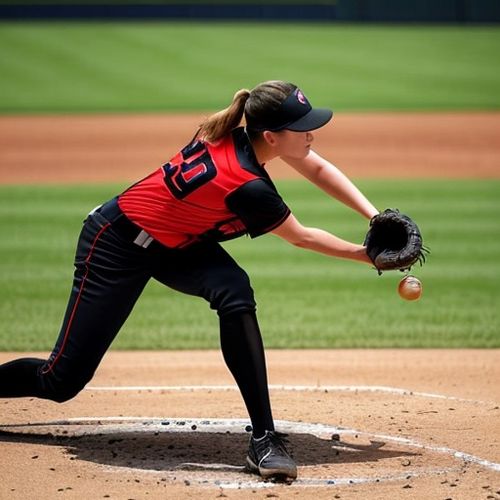
By William Miller/May 9, 2025
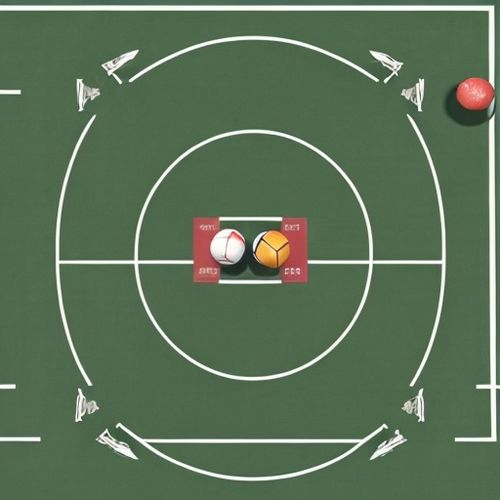
By Natalie Campbell/May 9, 2025
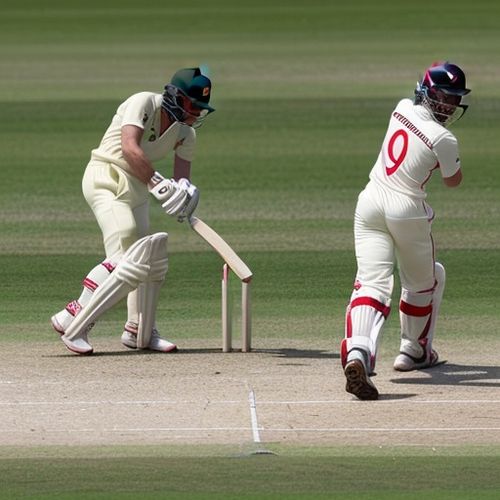
By Megan Clark/May 9, 2025
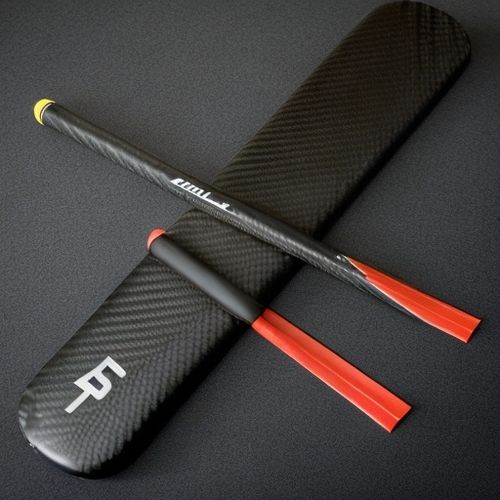
By Michael Brown/May 9, 2025